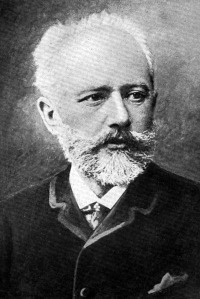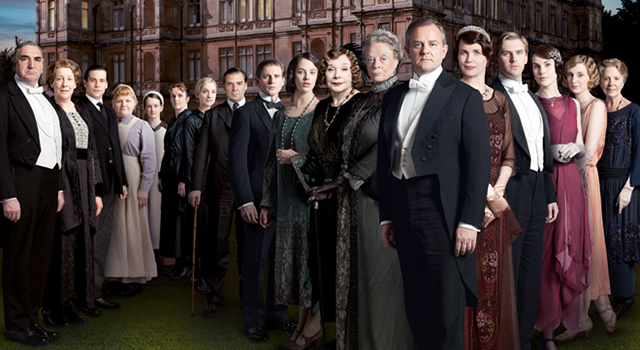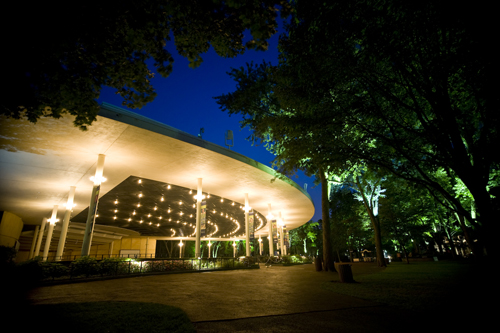 The August 8 concert by the Chicago Symphony Orchestra conducted by Itzhak Perlman will feature Brahms’s Academic Festival Overtureas well as Alisa Weilerstein performing Haydn’s Cello Concerto—both fine attractions in themselves—but for me the highlight will be Tchaikovsky’s Fifth Symphony.
The August 8 concert by the Chicago Symphony Orchestra conducted by Itzhak Perlman will feature Brahms’s Academic Festival Overtureas well as Alisa Weilerstein performing Haydn’s Cello Concerto—both fine attractions in themselves—but for me the highlight will be Tchaikovsky’s Fifth Symphony.
Way back in the 1970s, when Leonard Bernstein became the first conductor to record all six of Tchaikovsky’s symphonies, he made an amusing observation: that a casual concert-goer might easily get the impression that Tchaikovsky composed only three symphonies but, for some strange reason, decided to number them 4, 5 and 6. The first three are rarely performed; the last three are ubiquitous (along with the violin concerto, the first piano concerto, The Nutcracker Suite, “1812” Overture, and many other favorites), a situation that has both helped and hurt Tchaikovsky’s reputation.











